Results
-
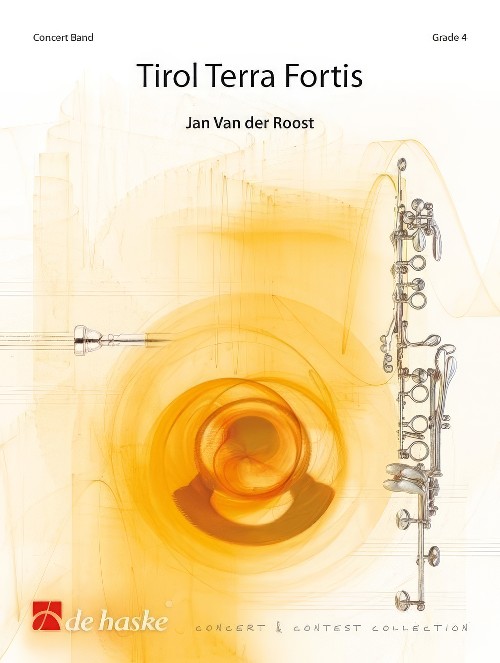 £159.99
£159.99Tirol Terra Fortis (Concert Band - Score and Parts) - Van der Roost, Jan
The Stadtmusikkapelle Wilten-Innsbruck (Austria) invited Belgian composer Jan Van der Roost to write a work to mark the bicentenary of the Tyrolean fight for freedom, which was settled in 1809. Various musical elements reflect this historical event. First, a hymn-like section rings out, based on melodic fragments from the 'Tiroler Landeshymne' (by Leopold Knebelsberger), which intertwine in a counterpoint-like arrangement. The second passage is more bellicose in character, and mirrors the fight of the Tyroleans - under the inspiring leadership of freedom fighter Andreas Hofer (1767-1810) - against Bavarian, French and Italian troops. Next, a broad, chorale-style melody appears again: here, the imposing beauty of nature in Tyrol, and the amiable, lively temperament of the people who live in this mountainous region, are glorified.This is neither a programmatic work around an historical reconstruction, nor a politically inspired work: it is a combination of factual and cultural components, with an artistic and sonorous character. The use of the flugelhorn in particular gives Tirol Terra Fortis its 'couleur locale': for this beautiful instrument can invariably be found in the Austrian wind band. The commissioning music society had therefore specifically asked the composer to incorporate the instrument in this work. It certainly enhances the already extensive colour palette of the modern concert band!Duration: 11:00
Estimated dispatch 7-14 working days
-
 £420.99
£420.99Four Earth Songs (Concert Band - Score and Parts) - Putz, Marco
The hymn Nun ruhen alle Wlder (Now All Forests Rest), arranged by J.S. Bach (No. 6, So sei nun, Seele, deine, from Cantata BWV 13), is a guiding light throughout this four-movement composition. Pu?tz wrote this work as a musical outcry against the wilful, profit-driven destruction of our environment. When Bach used the word "ruhen" (to rest) over 350 years ago, it probably had a different nuance from the meaning it has today. At the beginning of the 21st century - the so-called age of progress - "nun ruhen alle Wlder" should mean "now all forests die" . Massive industrialization and globalization, coupled with pure greed, corruption, political scandals, an ever-widening gap between the rich and poor, and other such senseless human actions, are pushing our blue planet closer and closer to the point of no return. This work is not intended to be a ranting accusation. It should remind us of the beauty and harmony that can exist all around us in nature, if we take care of it. Pu?tz hopes that this will, one day, help put a greater emphasis on humanity's survival, and coexistence with nature rather than the exploitation described earlier. All four texts were created by Australian poet Graeme King, whose works were discovered by Pu?tz, by chance on the internet. Pu?tz was especially captivated by King's clarity, and intrigued by the possibilities of adapting and melding the strong rhythmical structure of King's writing with his own musical language. The four movements are as follows: 1. Tears of Nature 2. Grrrevolution 3. Stand up! 4. Tomorrow The world premire of Four Earth Songs took place on 7 July 2009 at the 14th WASBE-Conference in Cincinnati (USA). This work is dedicated in friendship to Jouke Hoekstra, conductor, and the Frysk Fanfare Orkest (the Frisian Fanfare-Orchestra).Duration: 27:30
Estimated dispatch 7-14 working days
-
 £189.99
£189.99Flashback (Concert Band - Score and Parts) - De Haan, Jan
A flashback is an interesting psychological phenomenon: a seemingly random trigger can bring back long-forgotten memories from the subconscious mind. The composer underwent a similar experience before writing this piece. He was asked to write a piece for The National Youth Fanfare Band in the Netherlands, one which he heard perform many years ago. All of a sudden he remembered Deep Harmony, a piece frequently programmed back then. He used his own flashback-experience as an inspiration to weave an old English hymn into his new composition, much like a musical flashback. The right idea at the right moment, as this piece will prove!Duration: 11:00
Estimated dispatch 7-14 working days
-
 £248.99
£248.99Refraction (Concert Band - Score and Parts) - Hadermann, Jan
Refraction is a work that uses the entire band and all the colours it can possibly produce. As the title suggests, it was inspired the fascinating physical phenomenon known as refraction. Just like light is split and disbursed into all its colours, the main theme is split into little motives. As the individual motives are disbursed throughout the band, different sections become more prominent, only to recede into the general texture again. The work concludes with the fusion of all these elements in a monumental climax of movement, sound and colour.Duration: 17:30
Estimated dispatch 7-14 working days
-
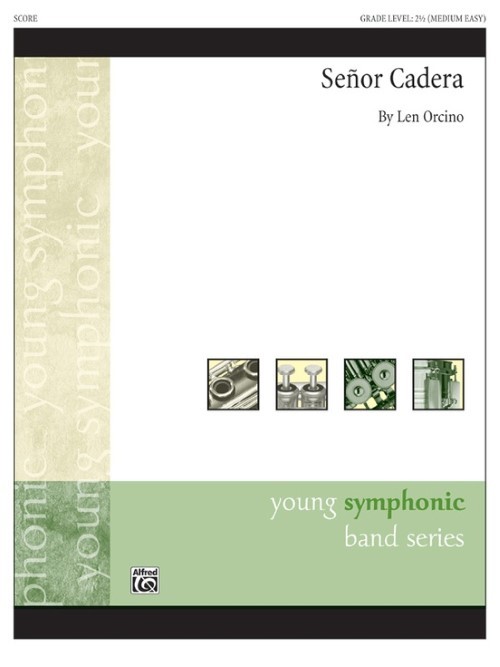 £53.95
£53.95Senor Cadera (Concert Band - Score and Parts) - Orcino, Leonard A.
There's no need to pass out the jalapeo peppers, this one is already Hot! Your young players will sound very mature with this contemporary Latin/funk chart. It has strong elements you look for in a lighter work: a driving bass line, punchy ensembles and hard grooving percussion. You can challenge some of your stronger players with a solo; let them read it or actually improvise. The band will want to play this one at every rehearsal and your audience will love the fresh new sound!Duration: 3.15
Estimated dispatch 7-14 working days
-
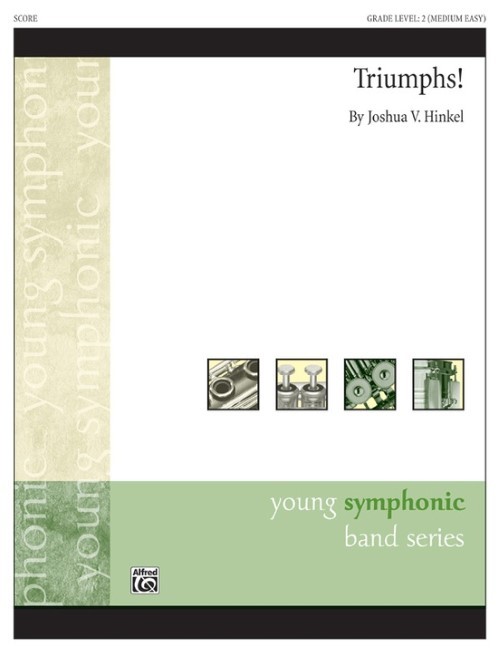 £56.50
£56.50Triumphs! (Concert Band - Score and Parts) - Hinkel, Joshua
Everyone has experienced defining moments where they have been faced with what seemed to be insurmountable challenges. We are often defined by how we succumbed to the challenge or rose to meet it. Inner strength and spirit powers us to triumph over all who might seek to test us or divert us from our desired path. Teachers know that many of these triumphs go unrecognised, but can have a significant and resounding impact on our students, community, and ourselves. Triumphs! is a symbolic work that serves to celebrate these successes that occur every day in every walk of life.Duration: 3.00
Estimated dispatch 7-14 working days
-
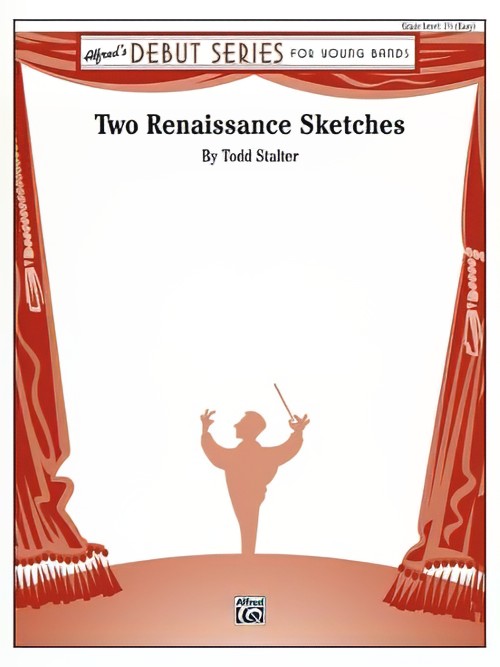 £48.95
£48.95Two Renaissance Sketches (Concert Band - Score and Parts) - Stalter, Todd
Though entirely original, the melodies of Two Renaissance Sketches come alive with their modal harmonies and tasteful, dance-like percussion accompaniments which are typical of the period. A stately courtly dance and a lively jig give almost everyone in the band a chance to play the melody, and can be an excellent introduction to the sounds and style of Renaissance music.Duration: 2.30
Estimated dispatch 7-14 working days
-
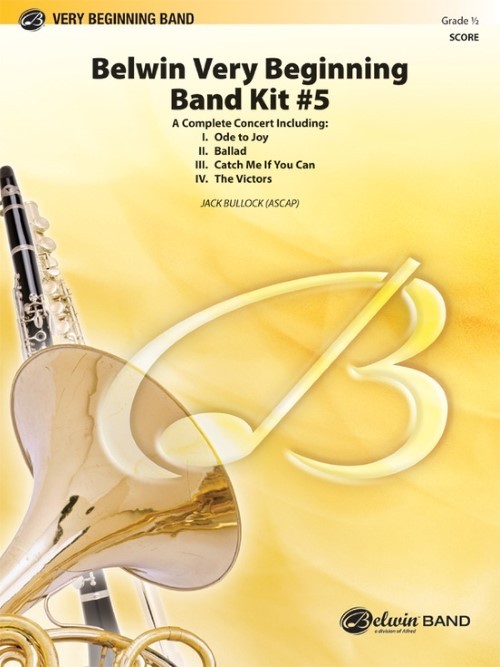 £58.50
£58.50Belwin Very Beginning Band Kit No.5 (Concert Band - Score and Parts) - Bullock, Jack
A whole concert in one publication. What a budget saver! The four Grade one-half works include an arrangement of Beethoven's "Ode to Joy," "Ballad", an opportunity to teach intonation and lyrical melodic lines, an intriguing counting piece "Catch Me If You Can"' and closes with a favorite march, "The Victors." Combining teaching and programmable literature, use them all at once or throughout the school year. Duration: 4.15
Estimated dispatch 7-14 working days
-
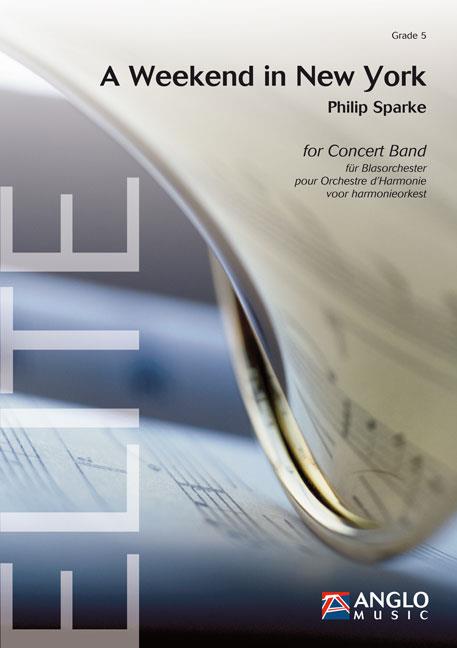 £164.99
£164.99A Weekend in New York (Concert Band - Score and Parts) - Sparke, Philip
Philip Sparke was so inspired and moved by his first visit to New York, that he had to capture the moment in one of his compositions. At first a general picture of New York is presented as all the sights and sounds are taken it. Eventually the composer finds himself in Manhattan. Walking along a street, music can be heard wafting from one of the jazz-clubs. This musical representation of personal impressions creates an extremely memorable work.Duration: 7:45
Estimated dispatch 7-14 working days
-
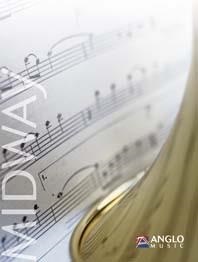 £122.50
£122.50Letter from Home (Concert Band - Score and Parts) - Sparke, Philip
In Letter from Home Philip Sparke portrays the many feelings and emotions that a letter from home can evoke. This intimate work opens with a gentle woodwind melody, which gradually becomes more confused as new emotions are introduced. Finally resignation sets in, but a sense of peace and balance is restored with the final chorale. In this emotional work Philip Sparke truly captures the highs and lows of being away from home.Duration: 7:15
Estimated dispatch 7-14 working days
